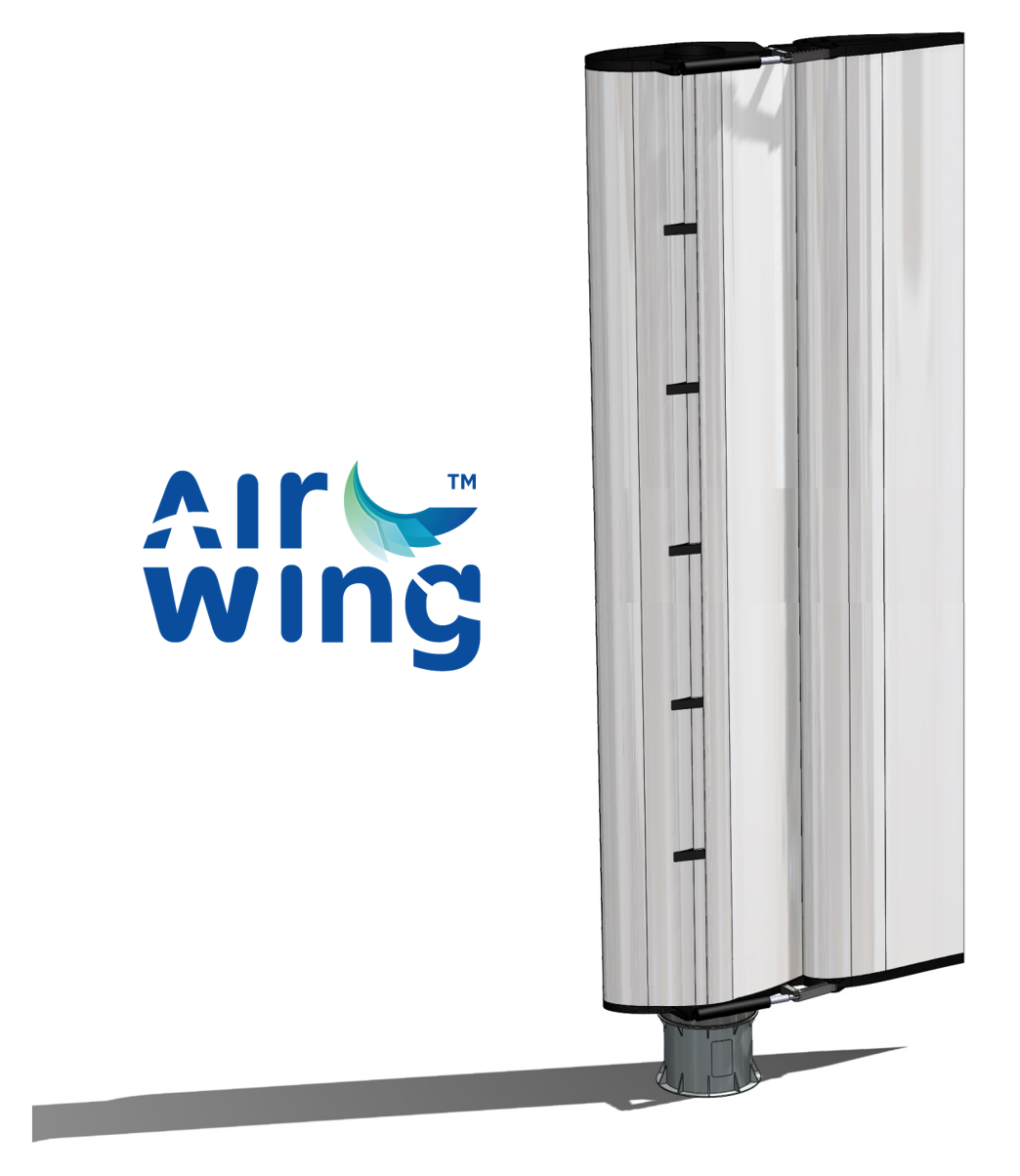Gothenburg Port Authority’s recently published 2015 sustainability report highlights their accomplishment of becoming climate-neutral and how they implemented an extensive reworking of the discount system for vessels calling at the port that have been environmentally adapted.
The report details how, in 2015, Gothenburg Port Authority became a climate neutral company through the adoption of solar panels, biogas, district heating and other environmental initiatives that permitted the maximum reductions of emissions possible. The Authority has also stated that Chinese wind power will also offset some emissions.
In 2015, the port made a conscious effort to create sustainable incentives for other members of the port cluster, including making the environmental discount in the company’s port charge clearer and more predictable.
Furthermore, an initiative aiming to bring in new arrivals in the country into the organisation was launched, resulting in two placements. Using expertise to strengthen the organisation and help move it forwards has been cited by the port as one of the key advantages.
Gothenburg Port Authority splits is sustainability responsibilities into financial responsibility, social responsibility, and environmental responsibility. It states that financial responsibility includes ensuring customers are satisfied, there is a stable economy and strong business ethics with development of the freight hub, while social responsibility focusses on safety and heathy, diversity and equality, skills development and reduced exclusion. Environmental responsibility takes into account climate, biodiversity, air emissions, and efficient use of resources.
Although there have been substantial benefits seen throughout 2015, the report forecasts that 2016 will bring some new, tough challenges. For instance, a new area of the port that comprises 222,000 square metres and is due to be completed after 2020, using surplus materials including fly ash, blasted rock and dredging residue. Once this is constructed, areas of eelgrass (also known as seawrack), which are vital to the ecosystem and act as a nursery for several species of fish, will disappear from the seabed. However, the port has stated that it will aim to compensate for this by replacing the eelgrass by the same amount that disappears.
Magnus Kårestedt, Gothenburg Port Authority chief executive, commented: “Sustainability issues in every shape and form are incredibly important to us. Among other things we have excelled as a role model when it comes to mitigating the environmental impact of transport. This is not only a way of assuming responsibility but also a competitive advantage. We constantly seek to be at the forefront and be proactive as shipping heads towards a greener future.”
Ship Efficiency Review News
To contact the reporter responsible for this article, please email editor@fathom-mi.com
































